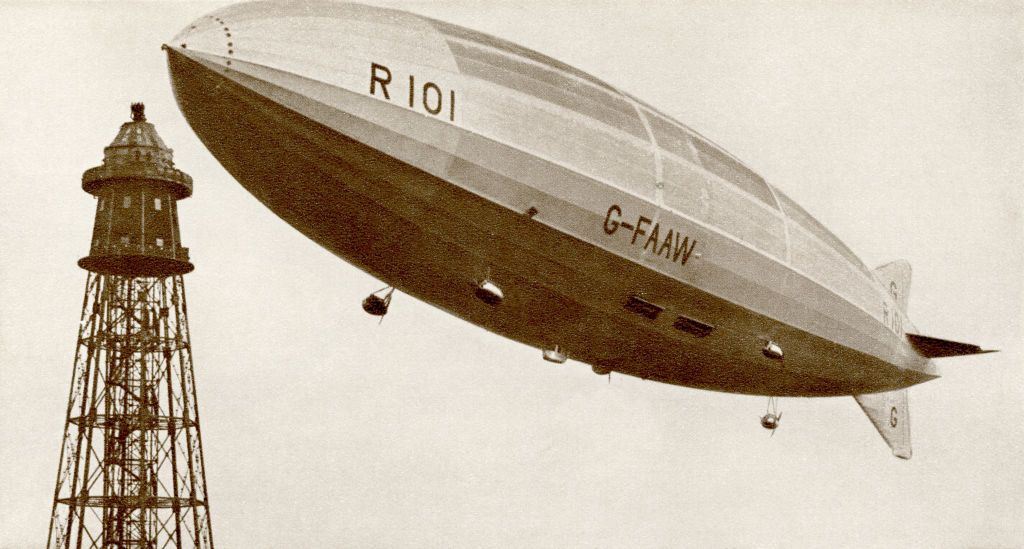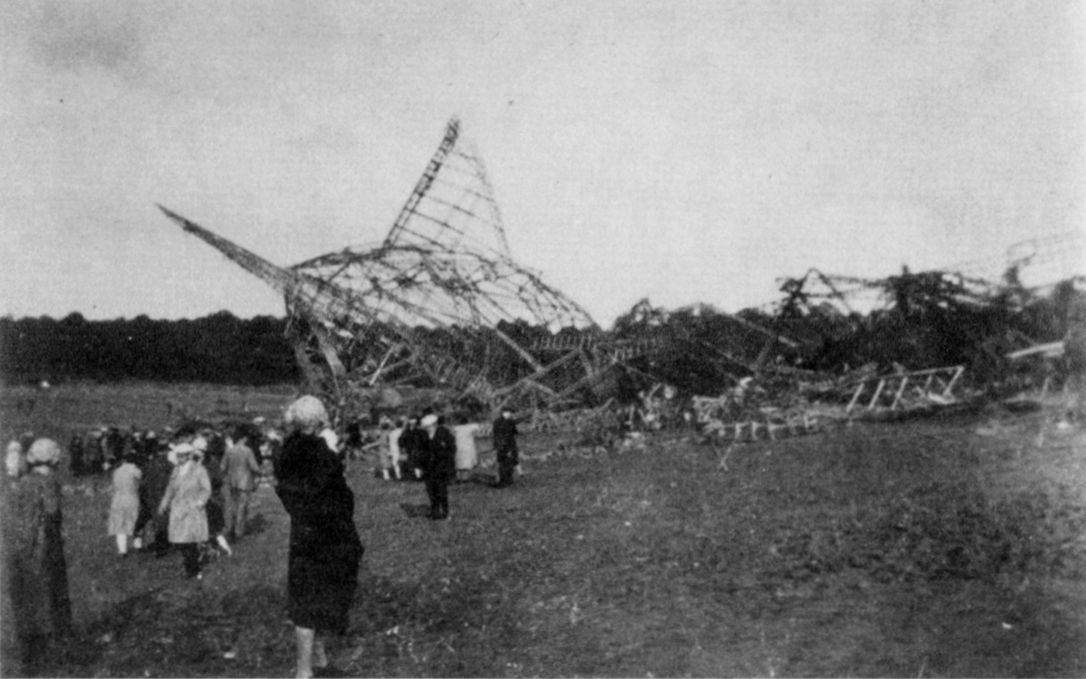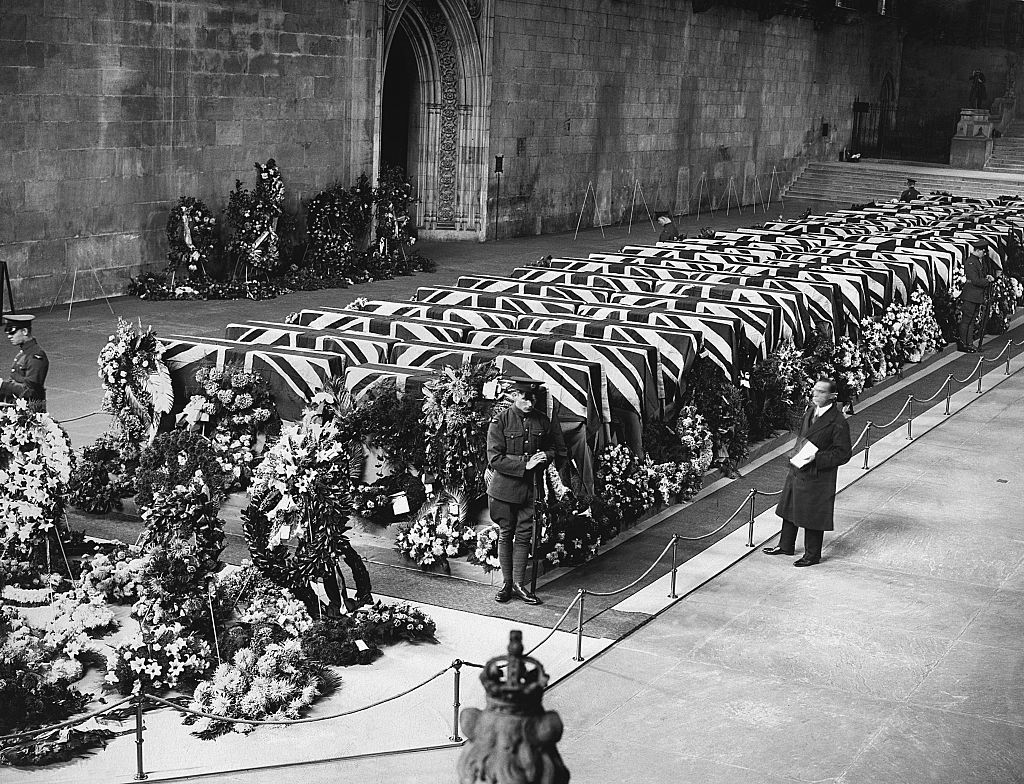Today marks 92 years since an accident involving R101, an experimental British airship built in 1929. The vessel was one of two such dirigibles to be produced in the UK to cultivate the country's long-haul airship travel network. However, the disaster in question destroyed R101, and brought UK airship development to a halt.
Before the crash
R101 made its first flight less than a year before the accident, on October 14th, 1929. At the time of this achievement, it was the world's largest flying vessel, clocking in at an astonishing length of 223 meters (731 feet).
Its length was later extended to reach an even more considerable 236.7 meters (777 feet). This measurement wouldn't be exceeded until March 1936, when Germany's LZ 129 Hindenburg (245 meters / 804 feet) flew for the first time.
In terms of its other dimensions, the Airship Heritage Trust notes that R101 was 40 meters (131 feet) wide, and 42.7 meters (140 feet) tall. It had a range of 6,437 km (3,500 NM), and could cruise at 101 km/h (55 knots). Meanwhile, its absolute maximum speed was 114 km/h (62 knots). After almost a year of domestic flying, it set off for Karachi, its first international destination, on October 4th, 1930.
Get the latest aviation news straight to your inbox: Sign up for our newsletters today!
Disaster in France
Having departed from its Cardington (Bedfordshire) base that evening, R101 was initially bound for a refueling stop in Ismailia, Egypt. Despite experiencing an engine issue early in the flight, the airship continued to set a course to take it over London, with intentions to proceed southwards via the French cities of Paris and Narbonne. It eventually made landfall over France at Pointe de St Quentin.
Unfortunately, the flight would soon take a disastrous turn. Indeed, having crossed into France at 00:36 local time, it came crashing to the ground just over two-and-a-half hours later. Specifically, the Aviation Safety Network notes that it came down 4 km (2.5 miles) southwest of Beauvais at around 03:10 local time.
The airship crashed following a pair of sudden dives. While the crew recovered from the situation following the first one, there was insufficient time to respond in the second instance. This prompted R101 to crash to the ground at a 15-25 degree nose-down angle, traveling at a speed of 21 km/h (11.3 knots). The impact and subsequent fire killed 48 of the 54 people onboard, but how did it happen?
Love aviation history? Discover more of our stories here!
Investigation and aftermath
An investigation into the catastrophe, which killed 12 more people than the infamous Hindenburg disaster, concluded that a tear in R101's forward cover likely caused the crash. This resulted in the rupture of one or more of the vessel's forward gasbags, which left it in a nose-heavy state that was beyond correction by its elevators. However, the cause of the resulting fire could not be determined.
As for the state of airships in the UK, R101's crash ended the country's interwar research of such vessels on a commercial scale. This resulted in the grounding of its rival UK dirigible, R100, which was eventually broken up in November 1931.
While disasters like those involving R101 and the Hindenburg killed off interwar commercial travel by airship, such vessels are beginning to make something of a modern comeback. Indeed, earlier this year, Spanish regional carrier Air Nostrum made headlines by reserving 10 100-seat HAV Airlander 10 Airships. It will be interesting to see how research in this field develops in the coming years.



